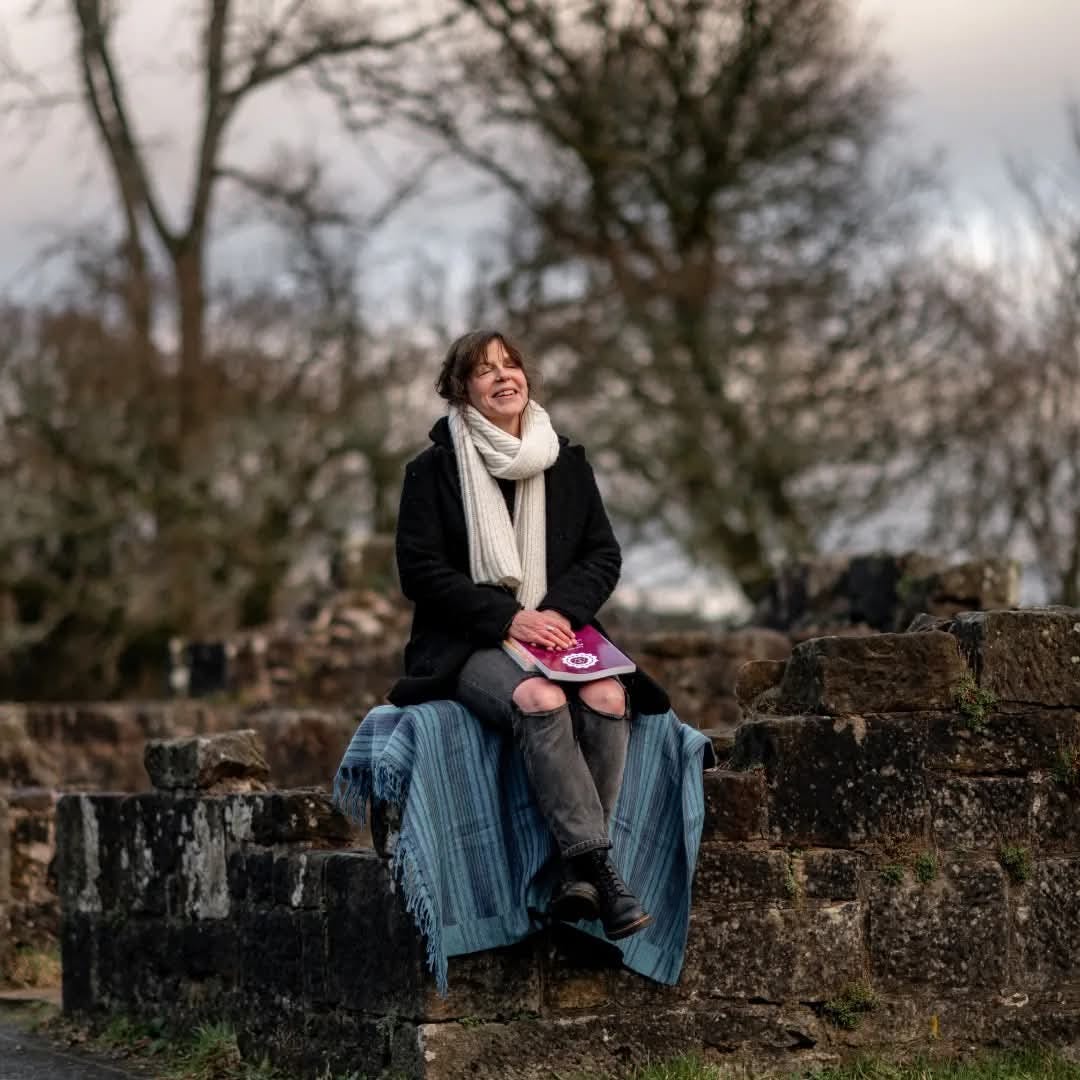From the outside, the spiritual path seemed to promise everything I was desperately seeking: gentleness, kindness, and a deep sense of peace that had been notably absent from my life. Like many others, I was drawn to spirituality as an escape route from the anger, rage, and raw pain that coloured my daily existence.
But what no one tells you about the spiritual journey is sometimes sitting in meditation makes you want to scream. Sometimes attempting to "let go" only tightens the knot of frustration in your chest. And sometimes, the pressure to be peaceful becomes its own form of violence.
The Shame of Not Being "Spiritual Enough"
I carried my own heavy burden of shame for not being the serene, enlightened person I thought I should be. Every failed attempt at peaceful meditation, every surge of anger that wouldn't dissolve into love and light, felt like evidence of my spiritual inadequacy. What was I missing? Why couldn't I just "let go like everyone seemed to suggest?
The truth was, I wasn't missing anything. I was bypassing everything.
The Trap of Spiritual Bypassing
The spiritual can often preach the gospel of immediate forgiveness, constant positivity, and the swift transcendence of "negative" emotions. Let it go. Choose love. Just forgive.
But what I've learned: Shame doesn't want to be seen. It wants to hide, and it will use any available mask – even spirituality – to remain concealed. When we use spiritual practices to override our authentic emotions, we're not healing; we're hiding.
The Revolution of Feeling
What if true spirituality isn't about transcending our humanity, but fully embodying it? What if the path to genuine healing requires us to:
Shake with rage when rage needs expression
Question everything, especially the teachings we hold sacred
Cry until the tears no longer come
Stand in our truth, even when it's uncomfortable
The real spiritual journey isn't about maintaining calm at all costs. It's about authenticity. It's about speaking up. It's about dealing with the unresolved issues that live in our bodies, waiting to be acknowledged.
Living Spirituality vs. Performing It
Today, my spiritual life weaves through everything: nature walks, music, books, art, connections with others, even the simple pleasure of a good cuppa. It's not confined to ritual and prayer, though these practices have their place. It's not about maintaining "good vibes only" – it's about being real. It’s life, dirty, messy, painful, beautiful, loving, kind and slow.
The popular meme "feel it to heal it" contains more wisdom than most carefully crafted spiritual texts. We cannot transcend what we haven't faced. We cannot reach higher ground without first walking through the valley of our present experience.
We can’t go up, unless we go in.
The Path of Integration
All of the practices that have truly served me work on multiple levels – physical, emotional, mental, and spiritual. They've helped me become softer and more understanding, while simultaneously building the strength to withstand life's difficulties.
The spiritual path can make you a warrior or a victim. I've been both. The difference lies not in the path itself, but in how willing we are to embrace the full spectrum of our human experience along the way.
A New Definition of Spirituality
Without my spiritual practice, I wouldn't be where I am today. Yet paradoxically, my attachment to being "spiritual" often prolonged my healing journey. I wanted to fix myself, to be better, to be perfect – anything to avoid feeling the pain and shame that lived inside.
True spirituality isn't about becoming a better person. It's about becoming more fully yourself. It's about having the courage to say, "This life is not for me – I want art, I want love, and most of all, I want myself, just as I am."
This is the spiritual path less travelled. It's messier, harder, and often lonelier than the Instagram-worthy version. But it's real. And in the end, that's what matters most.





Love love love this